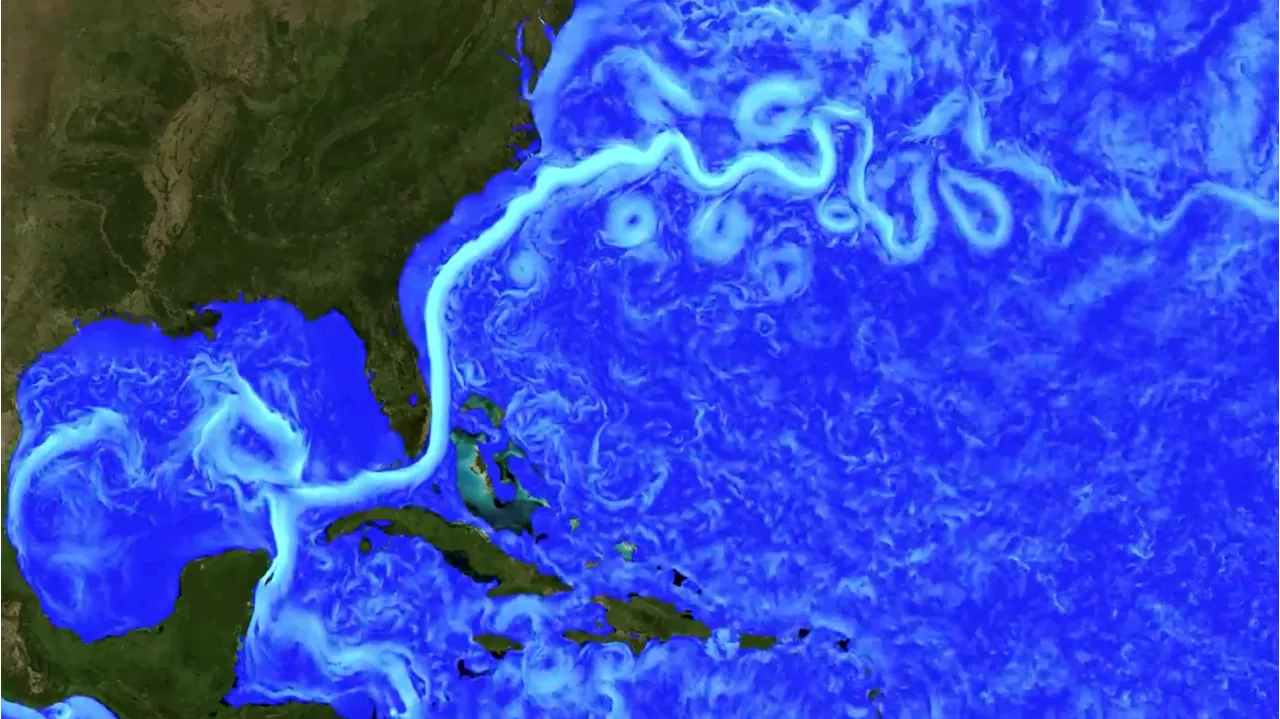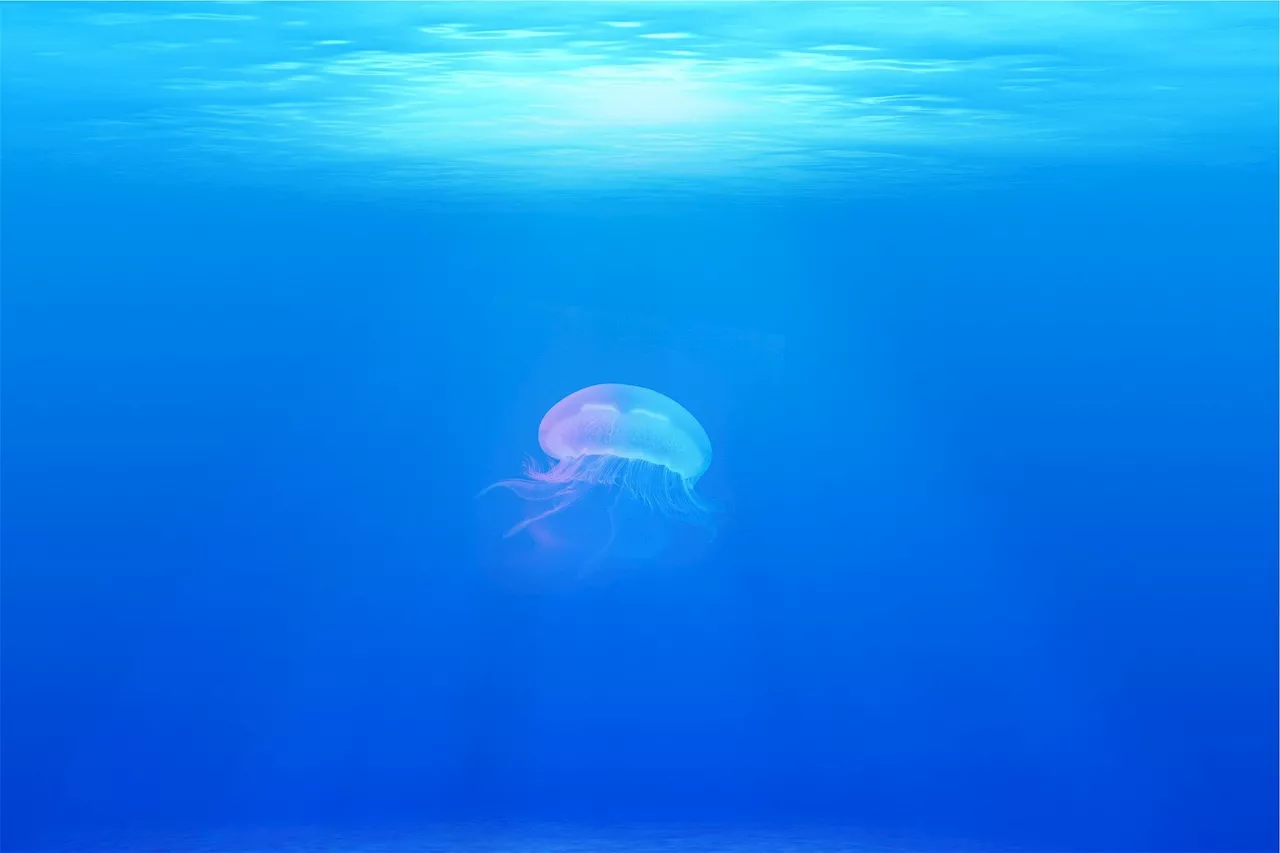NOAA Fisheries scientists talk about passive acoustic monitoring and where it fits into the country's renewable energy strategy.
0:00:01.6 John Sheehan: Moving the nation toward renewable energy and away from fossil fuels is a big priority for the Biden administration. And a key piece of the strategy to get there is generating more offshore wind energy.0:00:28.4 JS: This is Dive In with NOAA Fisheries, I'm John Sheehan, and today we'll hear about a new study that recorded the sounds of the ocean off of southern New England as a means to prepare for and predict the impacts of offshore wind developments.
0:02:00.4 JS: And obviously baseline meaning this is sort of what's in the area currently. This is what you can expect of ocean sound before any of the offshore wind. Construction took place. 0:03:42.9 JS: Okay, so that has big implications because the areas that you studied are potential sites for offshore wind.
0:04:58.2 JS: I see. And what can we say about the noise generated by offshore wind, either in operation or in sort of scouting locations? I know that sonar is often used. 0:07:33.0 JS: So from the study, are there any conclusions or maybe takeaways about what level of noise marine mammals can tolerate and what's being generated from current offshore wind activity?
0:09:57.5 JS: And as technology advances... The potentials for more real-time information is just growing. Right now, it sounds like a lot of it is sort of collected after the fact, but I think the potential is there for real-time communication with these devices. 0:12:54.0 DH: We're responsible for conserving marine habitats, managing marine fisheries, marine mammals, for managing marine endangered species.
0:13:45.7 AL: Well, currently we have 2.3 million acres of area in the Northeast region leased for offshore wind development roughly 3,000 foundations, and roughly 10,000 miles of submarine cable. The areas that are being considered for in planning stages, it's a very large area. We're adding roughly an additional 18-20 million acres being considered in the mid-Atlantic region in the Gulf of Maine.
0:15:11.0 AL: Yeah, the size of turbines that are in the water now, say for Block Island, are very small compared to what will be starting to be built. Generally, less than 60 meter water depths. We're looking at fixed foundation technologies, so those sites are really limited by the water depth. And when we go to floating technologies, they can go to very deep water, hundreds of meters of depth.
0:17:00.5 DH: I'd put them sort of into three categories from a science perspective. All of these developments, all of these plans need to go through environmental review. One challenge is providing the science to support that environmental review. The second challenge is offshore wind energy development in the ocean. NOAA Fisheries, that's where we work. We work in the ocean. We conduct surveys in the ocean. We collect data in the ocean.
0:20:53.2 JS: Absolutely. And you're talking about making changes to surveys and science that you've been conducting for decades. Can you talk about what a big change that will be?
Norge Siste Nytt, Norge Overskrifter
Similar News:Du kan også lese nyheter som ligner på denne som vi har samlet inn fra andre nyhetskilder.
 ‘Vast and Rich:’ Studying the Ocean With NASA Computer Simulations“Every time I help with visualizing simulation data, I learn about an entirely new area of ocean or climate research, and I’m reminded of how vast and rich
‘Vast and Rich:’ Studying the Ocean With NASA Computer Simulations“Every time I help with visualizing simulation data, I learn about an entirely new area of ocean or climate research, and I’m reminded of how vast and rich
Les mer »
 Sound Science, Sound PolicyPsychological Insights on Social Issues
Sound Science, Sound PolicyPsychological Insights on Social Issues
Les mer »
 Scientists at Spain meeting sound alarm over ocean warmingScientists at a United Nations conference in Spain called Friday for more research into the sharp rise in ocean temperatures which they warn could have devastating consequences.
Scientists at Spain meeting sound alarm over ocean warmingScientists at a United Nations conference in Spain called Friday for more research into the sharp rise in ocean temperatures which they warn could have devastating consequences.
Les mer »
 American Students Face Challenges Studying in ChinaAmerican students studying in China face challenges due to COVID-19 policies, high costs, restrictions on academic freedom, and personal risks.
American Students Face Challenges Studying in ChinaAmerican students studying in China face challenges due to COVID-19 policies, high costs, restrictions on academic freedom, and personal risks.
Les mer »
 International Research Team Makes Breakthrough in Studying Stellar WindsAn international research team led by the University of Vienna has made a major breakthrough in studying the mass loss rate of stars via stellar winds. This research could assist in the search for life and predict the future evolution of our Solar System.
International Research Team Makes Breakthrough in Studying Stellar WindsAn international research team led by the University of Vienna has made a major breakthrough in studying the mass loss rate of stars via stellar winds. This research could assist in the search for life and predict the future evolution of our Solar System.
Les mer »
 Groups raise money to support hit-and-run victim studying in Utah from NepalAfter being victimized by an accused serial hit-and-run driver, local communities are rallying around a Nepalese transfer student.
Groups raise money to support hit-and-run victim studying in Utah from NepalAfter being victimized by an accused serial hit-and-run driver, local communities are rallying around a Nepalese transfer student.
Les mer »
